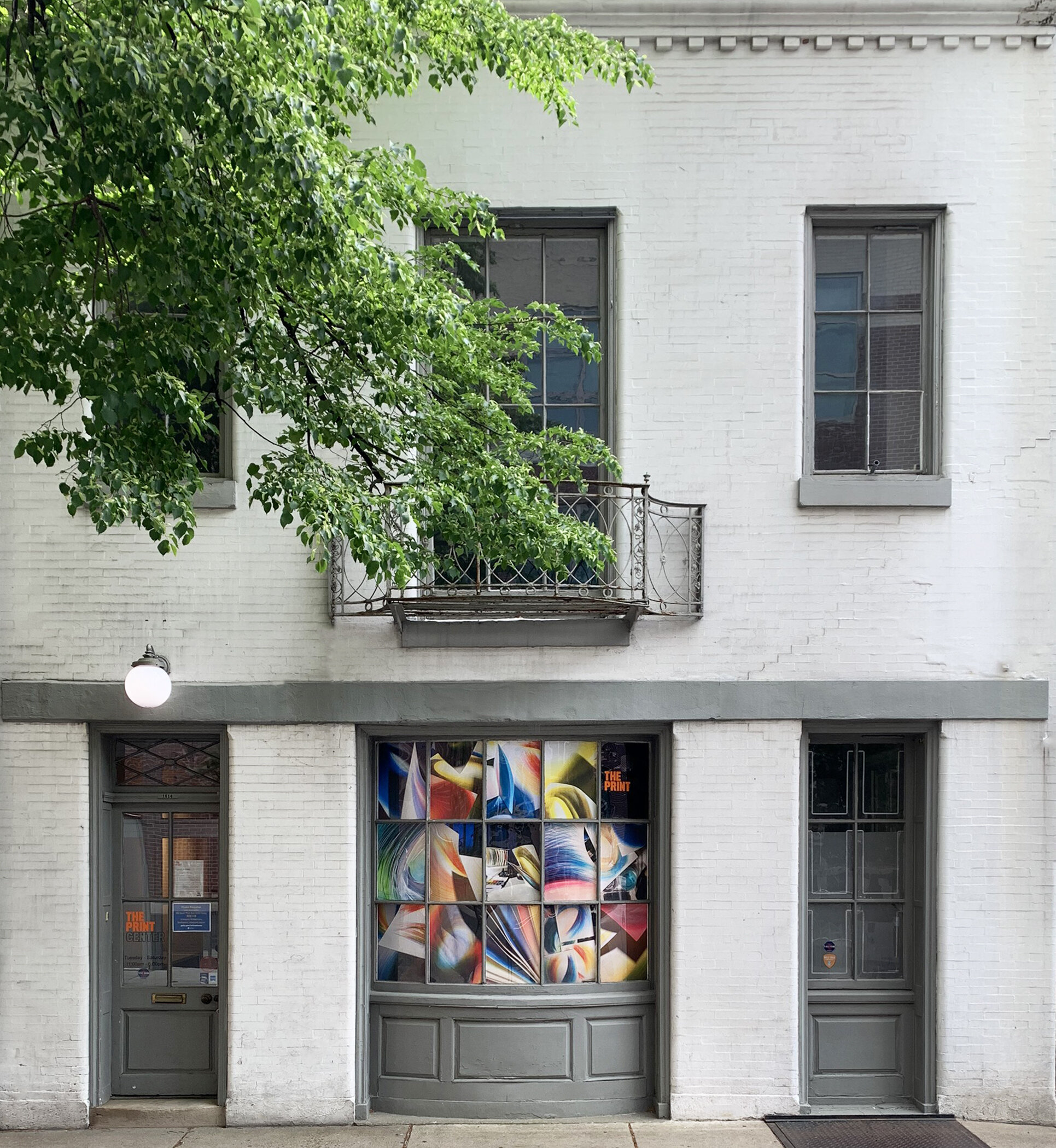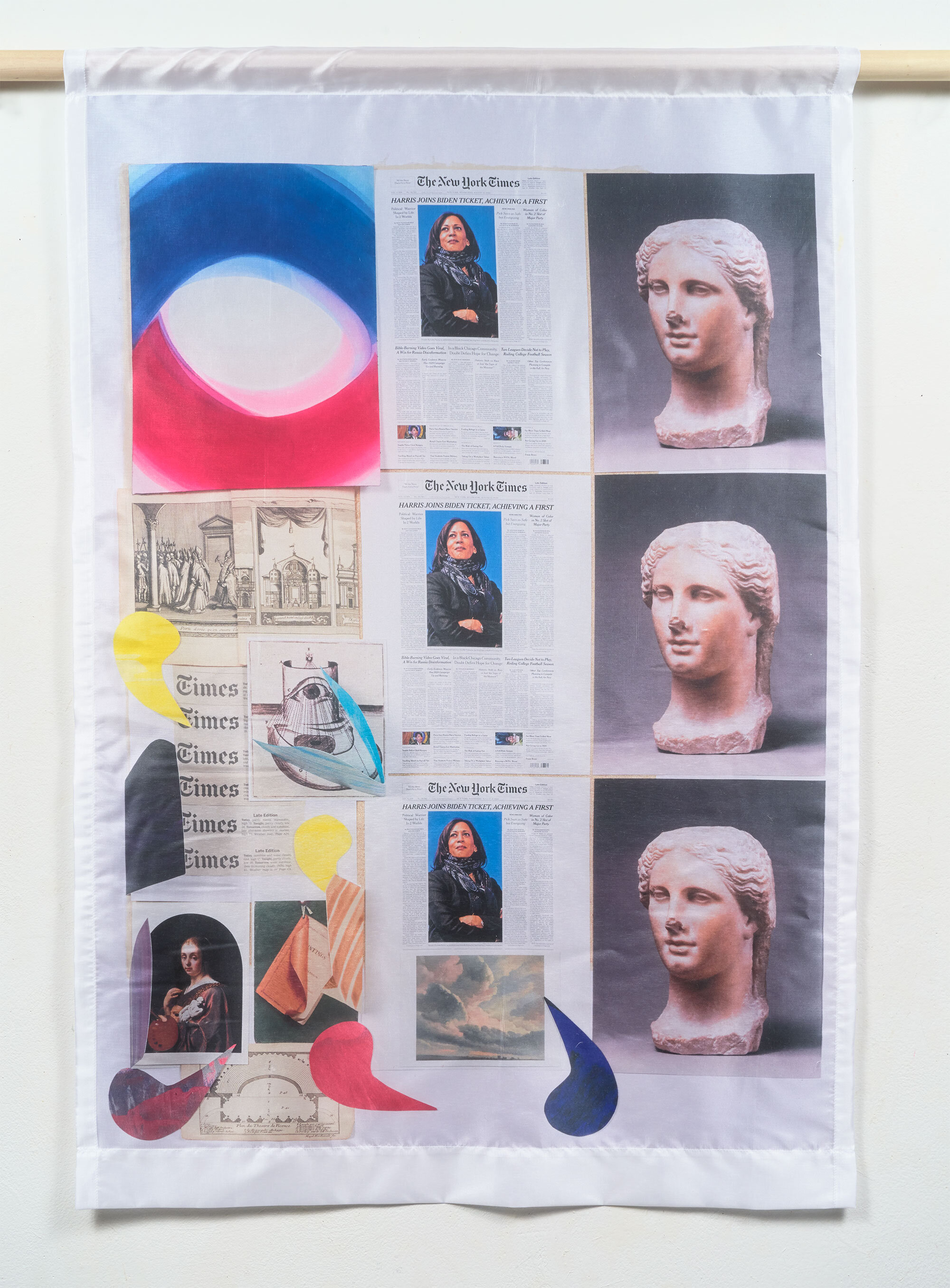Presented against the backdrop of the twin meltdowns of a social media platform and a cryptocurrency, this 10th anniversary show of Social Photography comes at a time when the progressive reputation enjoyed by the tech industry might warrant some skepticism. While a neo-robber baron browbeats his newly acquired workforce into submission or exile, ostensibly for the good of a “digital town square”, in the same week a financial guru, after evaporating billions in investor funds almost overnight, shrugs off the staggering losses with a sheepish, "I’m sorry".
Propped up by fawning news stories that celebrate novelty and personality over reason or logic, the insidious effect of the world wrought by the anointed power brokers of tech dictates as much of our behavior as we’ll allow. Embracing consumer friendly devices that subject us to behavioral experiments and perpetual tracking, our “digital exhaust”, largely invisible to us, is magically turned to gold by legions of tech workers guided by the speculative bets of tech entrepreneurs.
Begun before most cell phones in use were considered “smart”, the first Social Photography show took place more or less at the inception of visual information as fodder for the experience economy. In late 2010, with cell phone pictures little more than a novelty stored within the limited technological capacity of flip phones, the gargantuan image mill of Instagram had yet to kick into full gear. Searching for an alternative to the benefit raffle exhibition which asks time and materials in the form of donated artworks from artists while offering little in the way of a collective aesthetic, Carriage Trade solicited a couple of hundred cell phone pictures from its community of artists, writers, curators, students, and neighbors, formatting and printing them and presenting the whole in a grid, with proceeds from sales going to support the gallery’s non-commercial mission.
What began as a novelty eventually became a tradition, with evolving participants reflecting the growth of the gallery’s audience, while many of the gallery’s regular visitors returned for each show. As the societal consequences of social media became more clear, the show started to represent a kind of alternative, a "progressive anachronism" where the pictures we take on our phones are shared online and printed out and shown in a physical space, without suffering the pressure to accumulate visible status symbols in the form of hearts, or doled out based on a corporation’s statistical analysis of our preferences.
Arranged chronologically based on when the gallery receives the emailed image, from the start the goal was not to promote cell phone photography, but to take its measure on an annual basis; an informal assessment of how people (both artists and non-artists) are engaging with this relatively new image technology and its inevitable evolution. Now in its tenth year, and over two thousand unique pictures later, the original emphasis of the show, one of sensibility over professionalism or mastery, seems to have prevailed, while the impressive advances of cell phone technology rival point and shoot cameras, offering immediacy and spontaneity with little compromise in image quality.








